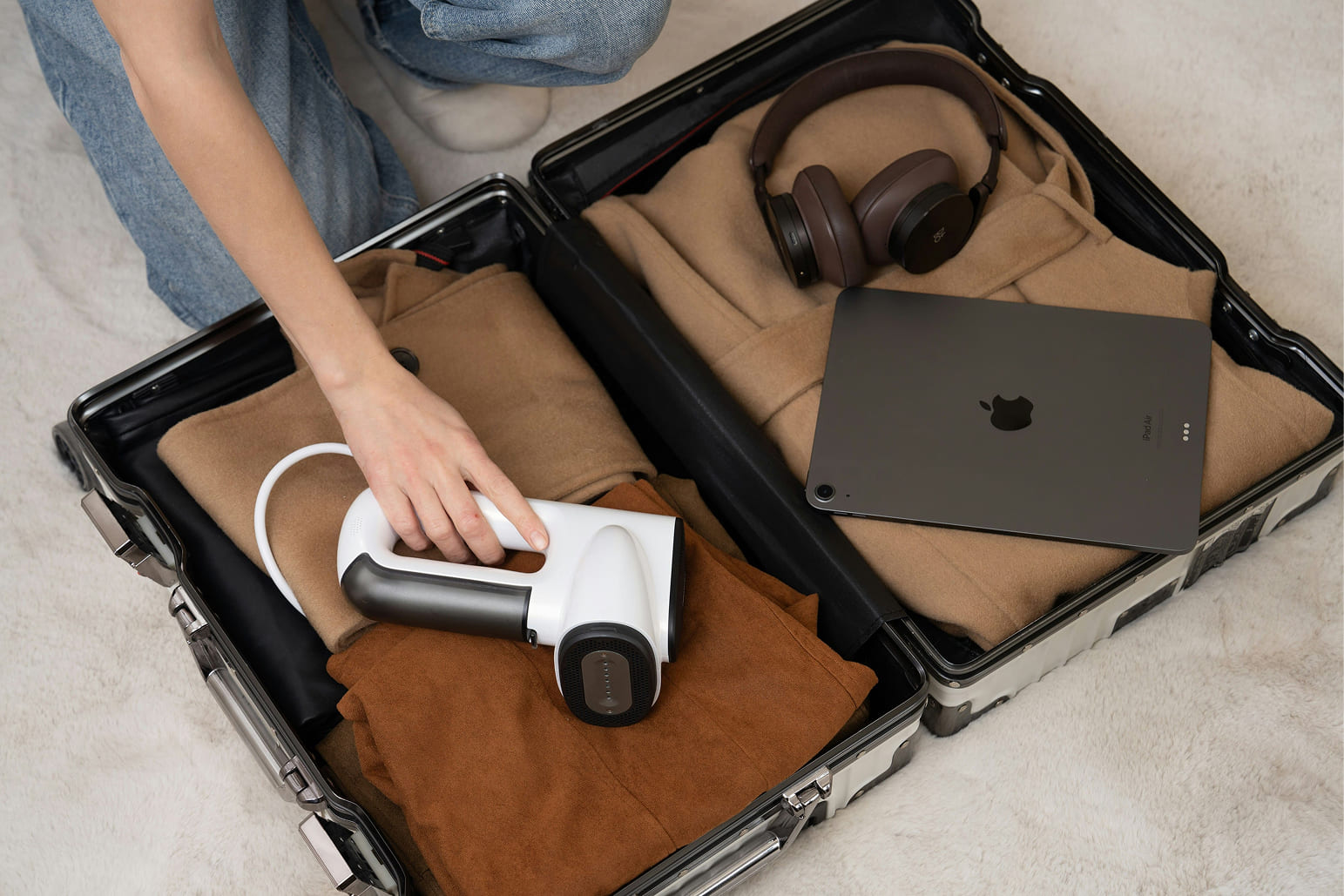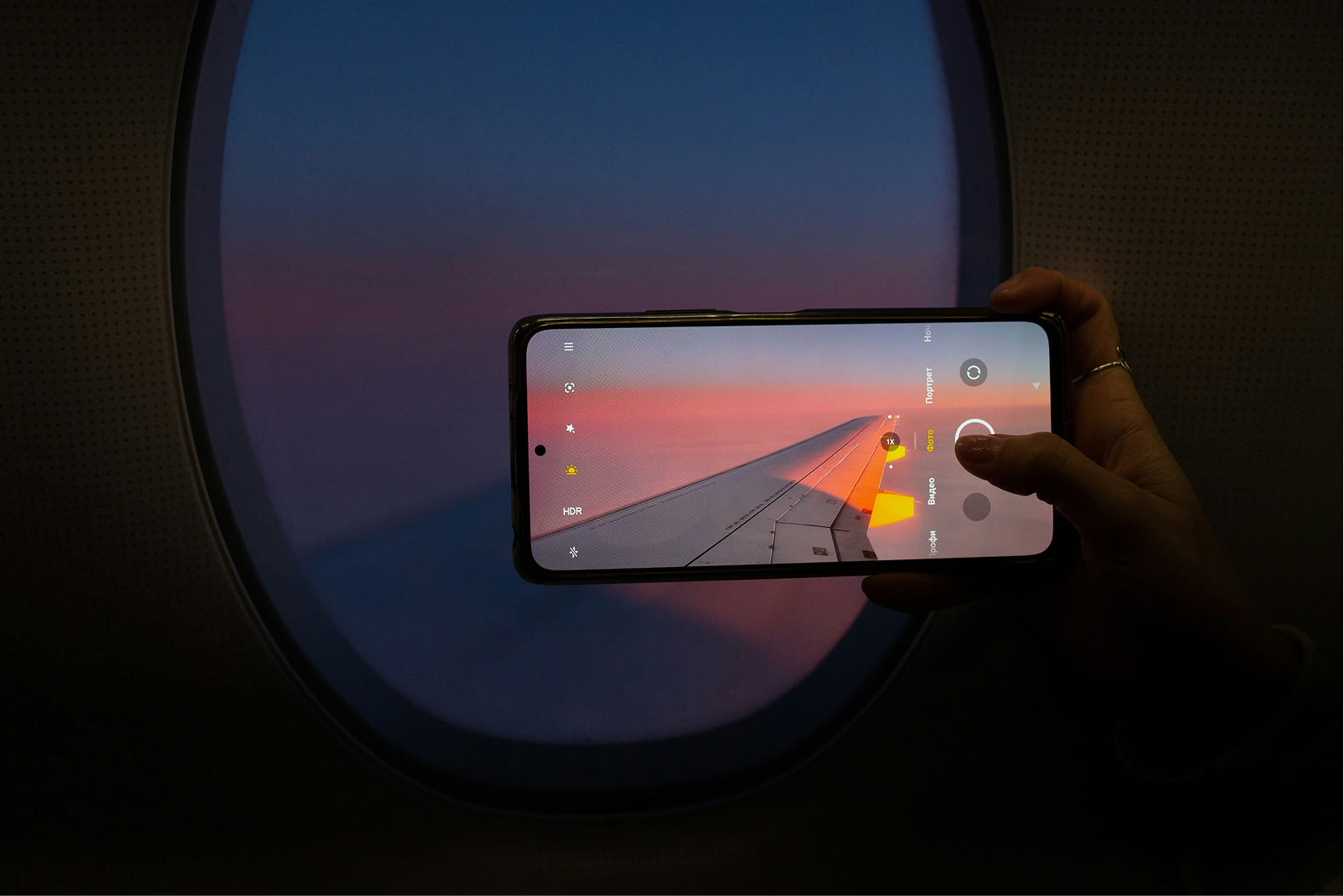Travelers today can stay connected in two main ways: using a digital e-SIM or buying a traditional local SIM card. An e-SIM is built into your phone and can be activated by scanning a QR code or using an app, while a local SIM is a physical card you insert after arriving in a new country. Both options provide mobile data and calling, but they differ in convenience, cost, and flexibility.
e-SIMs are ideal for quick, hassle-free setup. You can purchase and activate a plan before you leave home, so your phone connects to the network the moment you land. This is perfect for short trips or multi-country travel, because many e-SIM providers offer regional or global plans and allow you to store several profiles at once. You avoid searching for a shop, carrying tiny SIM cards, or swapping them mid-trip.

Local SIMs, however, often deliver the best value when you plan to stay in one country for a longer time. Buying a SIM from a domestic carrier usually means larger data bundles at lower prices and access to the strongest local networks. A physical SIM also gives you a local phone number, which can be important for banking apps, ride-hailing services, or receiving verification codes.
The right choice depends on your travel style. If you move between countries quickly, want service the moment you arrive, or dislike handling small cards, an e-SIM is more convenient. If you’re staying weeks or months in a single destination and need maximum data for the lowest cost, a local SIM is usually better.
In short, e-SIMs prioritize ease and flexibility, while local SIMs excel in affordability and local network strength. Many frequent travelers use a mix: keeping an e-SIM for immediate coverage and adding a local SIM when they need long-term, high-value service.















